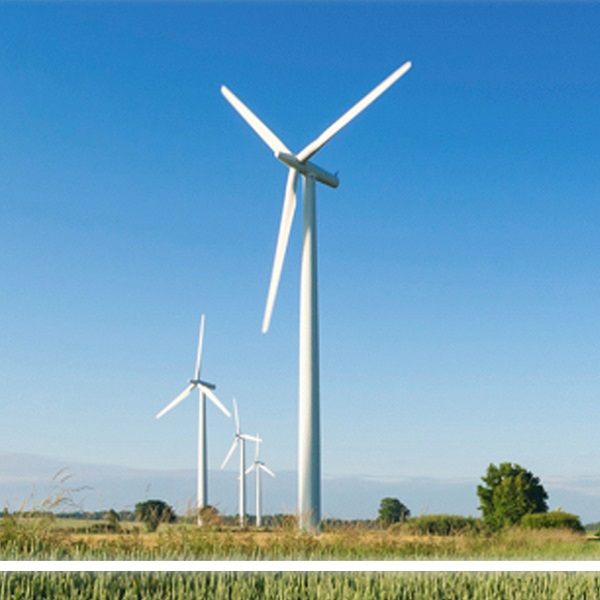The rising prices of fossil fuel across the board have created an opportunity for renewable energy in 2022 as over 187 gigawatts of all the newly commissioned renewable capacity in the year came cheaper than fossil fuel-fired electricity.
Removal of subsidies on PMS increased pump prices to about four times the initial price as homes turned to off-grid solutions, mainly batteries and solar to survive.
The International Renewable Energy Agency (IRENA), in its latest report, ‘Renewable Power Generation Costs in 2022,’ noted that the global power sector saved fuel costs of $520 billion last year due to renewable energy.
A multi-dimensional survey conducted to assess Nigerians’ response to the almost 200 per cent increase in the pump price of PMS revealed that the majority of households are planning to embrace solar energy, even as service providers are contending with a surge in requests for low-capacity utilisation equipment.
Despite the interest in alternative energy like solar, onboarding costs remain a huge concern and setback for those exploring the option, especially in a country with a high percentage of people living in various forms of multidimensional poverty.
IRENA noted that the renewable power added in 2022 reduced the fuel bill of the electricity sector worldwide as new capacity added since 2000 reduced the electricity sector fuel bill in 2022 by at least $520 billion.
In non-OECD countries, just the saving over the lifetime of new capacity additions in 2022 will reduce costs by up to $580 billion, the report noted.
According to the report, the direct cost savings would create substantial economic benefits from reducing CO2 emissions and local air pollutants.
IRENA’s new report confirms the critical role that cost-competitive renewables play in addressing today’s energy and climate crises by accelerating the transition in line with the 1.5°C warming limit.
IRENA’s Director-General Francesco La Camera said: “IRENA sees 2022 as a veritable turning point in the deployment for renewables as its cost-competitiveness has never been greater despite the lingering commodity and equipment cost inflation around the world. The most affected regions by the historic price shock were remarkably resilient, in large part thanks to the massive increase in solar and wind in the last decade.
“Today, the business case for renewables is compelling, but the world must add 1000 GW of renewable power annually on average every year until 2030 to keep 1.5°C within reach, more than three times 2022 levels. There is no time for a new energy system to evolve gradually as was the case for fossil fuels. In preparation for the COP28 in Dubai later this year, today’s report shows once again that with renewables, countries have the best climate solution at hand to raise ambition and take actions in a cost-competitive way.”
IRENA disclosed that commodity and equipment cost inflation in 2022 resulted in countries experiencing markedly different trends in costs in 2022.
At a global level, the report noted that the weighted-average cost of electricity fell for utility-scale solar PV by three per cent, for onshore wind by five per cent, for concentrating solar power by two per cent, for bioenergy by 13 per cent and for geothermal by 22 per cent.
Only the costs for offshore wind and hydropower increased by two per cent and 18 per cent respectively, due to the reduced share of China in offshore wind deployment in 2022 and cost overruns in several large hydropower projects.
Source: Guardian










